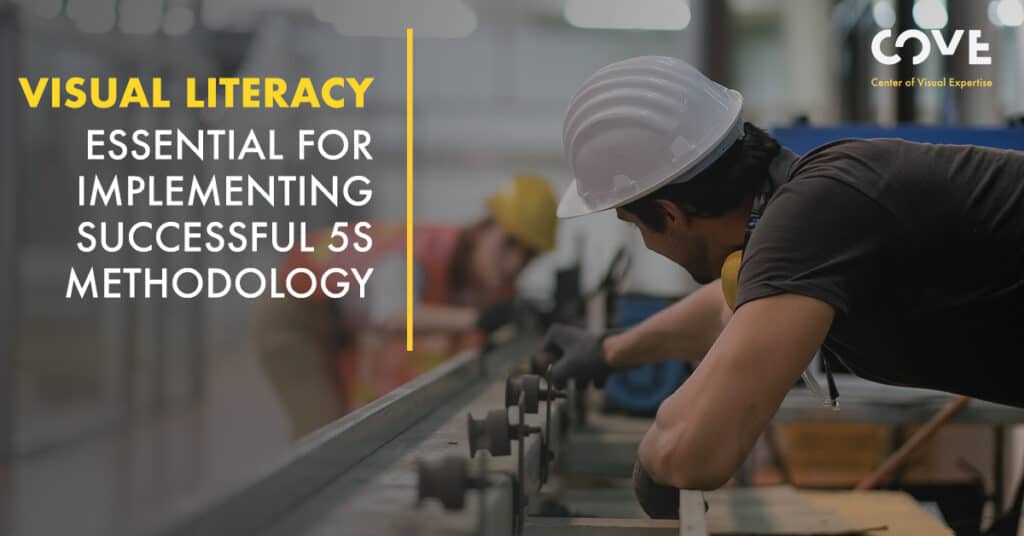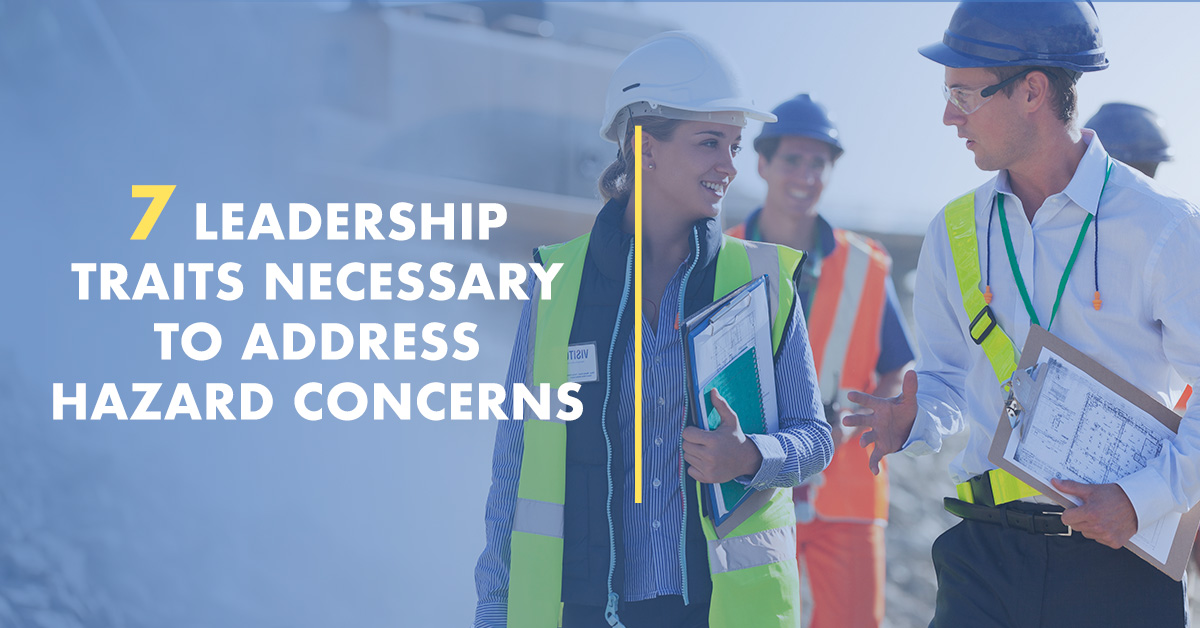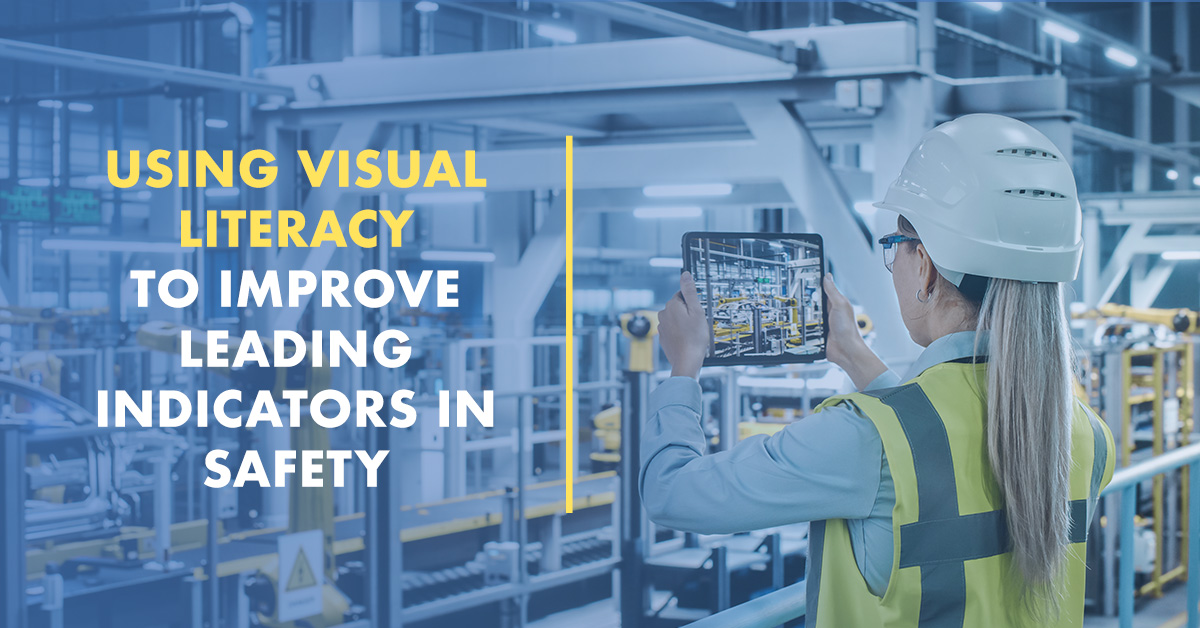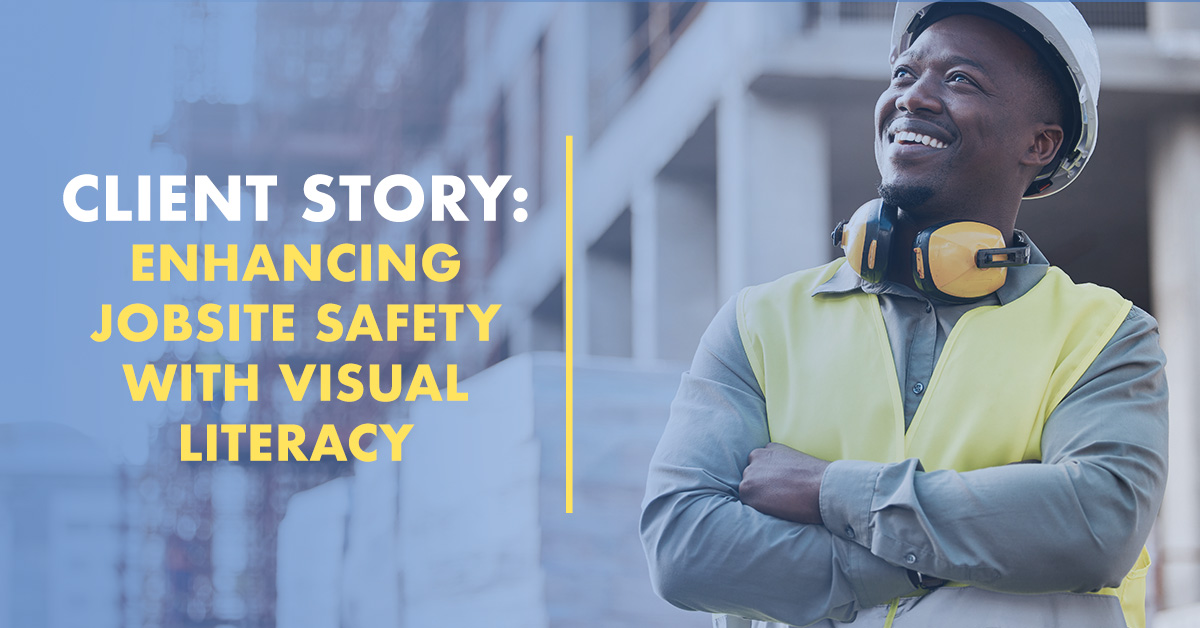5S: A Foundation for a Safer and More Efficient Workplace
5S is a system for organizing workspaces so tasks can be performed efficiently, effectively and safely. Some organizations opt for a 6S process, with the final S representing safety. Implemented correctly, the 5S process identifies potential workplace hazards, assesses and manages risks, reduces waste, and improves workflow and productivity. 5S methodology emphasizes visual management, visual cues, and is the essence of a visual workplace. Visual acuity on the part of everyone in an organization, from senior leadership to frontline employees, is essential. What we see, what it means, and what we do as a result, is central to 5S success.
The objective of a 5S process, also known as lean manufacturing, is to assess risks, identify and reduce hazards, and eliminate the “seven deadly wastes”:
- Overproduction – The most serious of the wastes, overproduction can cause all other types of wastes and results in excess inventory.
- Unnecessary transportation – Moving materials from one position to another adds no value to the product, so minimize the costs of transportation using more efficient methods.
- Excess inventory – Inventory waste refers to the waste produced by unprocessed inventory.
- Defects – Refers to a product deviating from the standards of its design or from the customer’s expectation.
- Over-processing – Refers to any component of the process of manufacture that is unnecessary.
- Time wasted while waiting – Refers to wasted time because of slowed or halted production in one step of the production chain while a previous step is completed.
- Wasted employee motions and movements – Wasteful motion is all of the motion, whether by a person or a machine, that could be minimized.
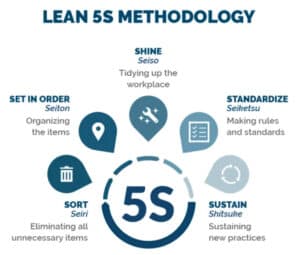
5S is a five-step process. Each step must be completed before moving on to the next step. The steps are:
- Step 1 – Seiri or sort
- Step 2 – Seiton or set in order
- Step 3 – Seiso or shine
- Step 4 – Seiketisu or standardize
- Step 5 – Shitsuke or sustain
The Japanese language reflects the origins of 5S. The methodology began as part of the Toyota Production System, the manufacturing process initiated by leaders at the Toyota Motor Company in the early and mid-20th century.
5S is often viewed as an amped-up version of workplace housekeeping, but it is not about pushing brooms and sanitizing workstations. Seeing the Whole PICTURE® is a significant benefit of working your way through the five steps. The result: workers, supervisors, senior leaders – employees at every level of an organization – possess an understanding and awareness of the entire work environment and the organization of work. 5S is not limited to manufacturing operations and factory floors. The process can be implemented in an office, on a loading dock, in a warehouse – any work environment.
Start With a Pilot Project
Target an “island of excellence” – one department, one work process, one location in your facility. Form a cross-disciplinary implementation team (frontline workers, supervisors, senior managers) to conduct a needs assessment for the pilot target. Simultaneously, a safety-related risk assessment is conducted. Pilot team members evaluate the work environment, work conditions and workflow; observe current behaviors; and survey workers about their attitudes and beliefs regarding their jobs.
The team identifies and describes risks in the target environment. Once risks are identified, the likelihood and consequence of each risk is analyzed. Risks are ranked by determining their magnitude, which is the combination of the likelihood that the risk will occur (such as spillage) and the consequence (to what degree does spillage put workers in harm’s way?). The highest ranked risks, the most dangerous and unacceptable, must be treated or controlled to achieve an acceptable risk level. Finally, an inventory of identified and analyzed risks is constantly monitored, tracked and updated.
We must slow down to effectively evaluate a work environment for the “seven deadly wastes” and to conduct a revealing risk assessment. Slowing down is a key tenet of Seeing the Whole PICTURE®. 5S processes cannot be rushed. To hurry through the five steps results in workers perceiving 5S as just another “flavor of the month” program, here today, gone tomorrow. In fact, it’s wise not to call 5S a “program.” Programs have beginnings and endings. The final S in the five steps is “sustain.” 5S and visual management are intended to be sustainable processes that become part of an organization’s culture.
Applying Visual Literacy
Visual literacy is essential to successfully completing each of the five steps in a 5S process. This requires training, such as the Foundations of Visual Literacy workshop. Attendees learn how to apply the Art of Seeing: the ability to identify, describe, analyze and interpret hazards and waste issues, and communicate action plans and mitigation procedures. Consider the importance of visual acuity in each of the five steps in 5S:
Sort involves taking stock of all the tools, furniture, materials, equipment, etc. in a work area to determine what needs to be present and what can be removed. This is a visual exercise that uncovers hazards and assesses risks while prioritizing placement of tools and equipment.
- Items used hour-by-hour or day-by-day should be kept within arm’s reach of the point of use.
- Items or equipment used once a week or once a month should be kept in the work area.
- Less frequently used items should be stored in a more distant location. Unneeded or obsolete items should be stored in a designated holding area.
Hazards and risks should be described, analyzed and communicated to the safety and health staff, supervisors, frontline workers and senior managers to foster organizational awareness and develop abatement strategies.
Set in order follows the removal of clutter and the recognition of hazards achieved by sorting. Now it’s easier to see, to scan the work environment, to analyze what work arrangements are most efficient, and how to control hazards identified. This step also calls for slowing down.
- think through tasks
- the frequency of those tasks,
- the paths people commonly take through the workspace
- work arrangements to determine how to achieve the least amount of waste.
Seeing the Whole PICTURE® enables us to assess how the layout and organization of an area could increase or decrease waiting time, motion, and unnecessary transportation.
Visual cues reduce hazards and improve productivity. Cues include:
- work-organizing shadow boards with silhouettes or cut-outs of the shape of frequently-used tools placed within easy reach
- labels for storage lockers, cabinets, drawers, cupboards, etc. so employees know what content is contained within
- workflow maps that show where everything is “set in order”
- markings on floors and around workstation boundaries to designate traffic flow, safe distancing, and high-hazard safety zones.
Pro Tip: Take before and after photographs and display prominently to encourage correct behaviors and reduce at-risk behaviors.
Shine is where daily cleaning becomes a habit. Workspaces are cleaned before starting a job and before closing down the job. Ten to 15 minutes should be set aside daily for sweep and shine activities. Workspace inspections that can identify hazards, such as the accumulation of potentially explosive dusts, are part of this daily cleaning routine.
Standardize embeds 5S methodology in an organization’s culture. Routines and standard operating procedures are established and communicated in order for the first three steps of 5S to be regularly repeated. Visual inspections, hazard recognition, and risk assessments are significant components of standard operating protocols.
Sustain requires self-discipline. Everyone in the organization must be accountable and take ownership to keep 5S running smoothly. Visual management – message boards, storytelling boards, before and after photographs, scoreboards, signs, banners, posters, etc. reinforce self-discipline and the 5S process.
The Transformative Power of 5S
5S methodology implemented with proper understanding and commitment, at the right, measured pace and with accountability and ownership, produces numerous positives for an organization: improved housekeeping, quality, productivity, morale, self-discipline, hazard recognition, risk assessment, and overall safety. An organization’s culture becomes more enlightened, disciplined and dynamic.
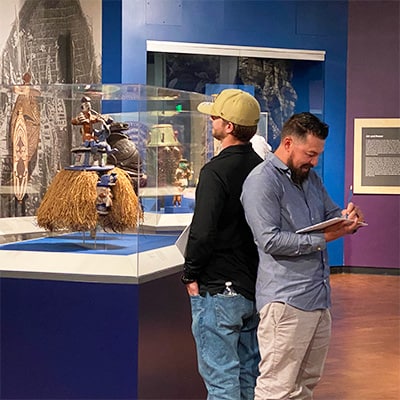
If you’re interested in learning how to improve your visual acuity, consider attending one of our upcoming Foundations of Visual Literacy. We take participants through exercises and activities designed to improve your ability to slow down and see more.
